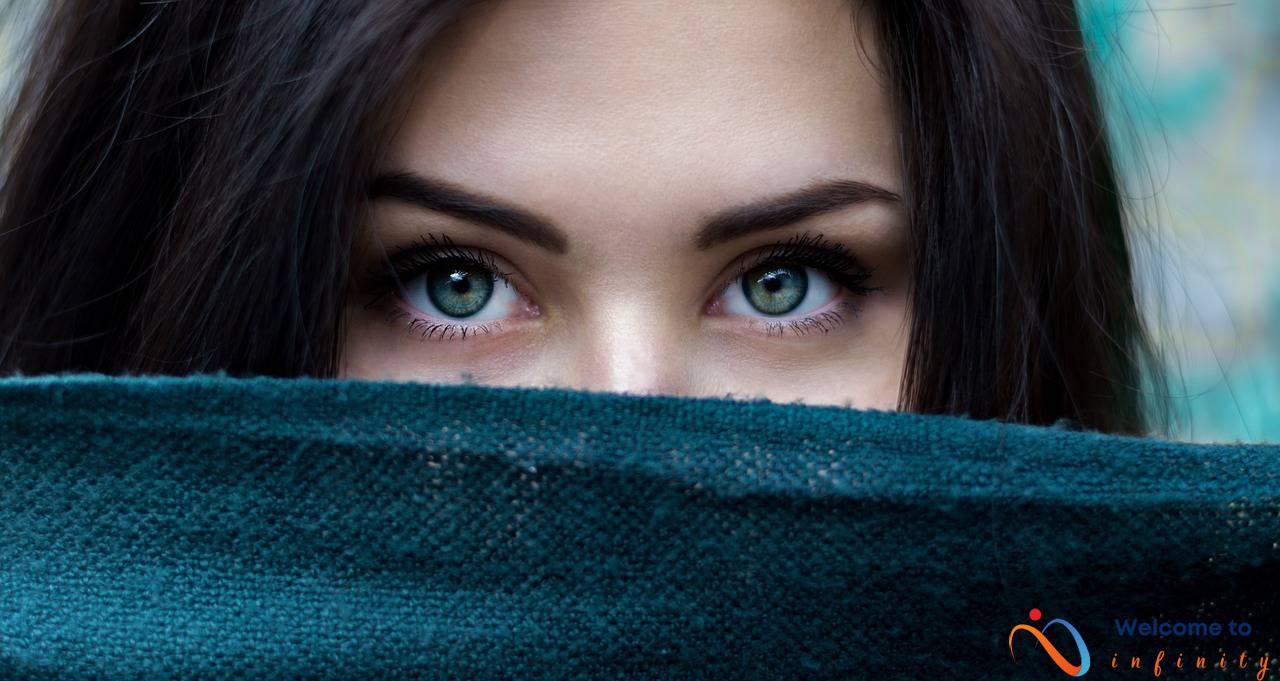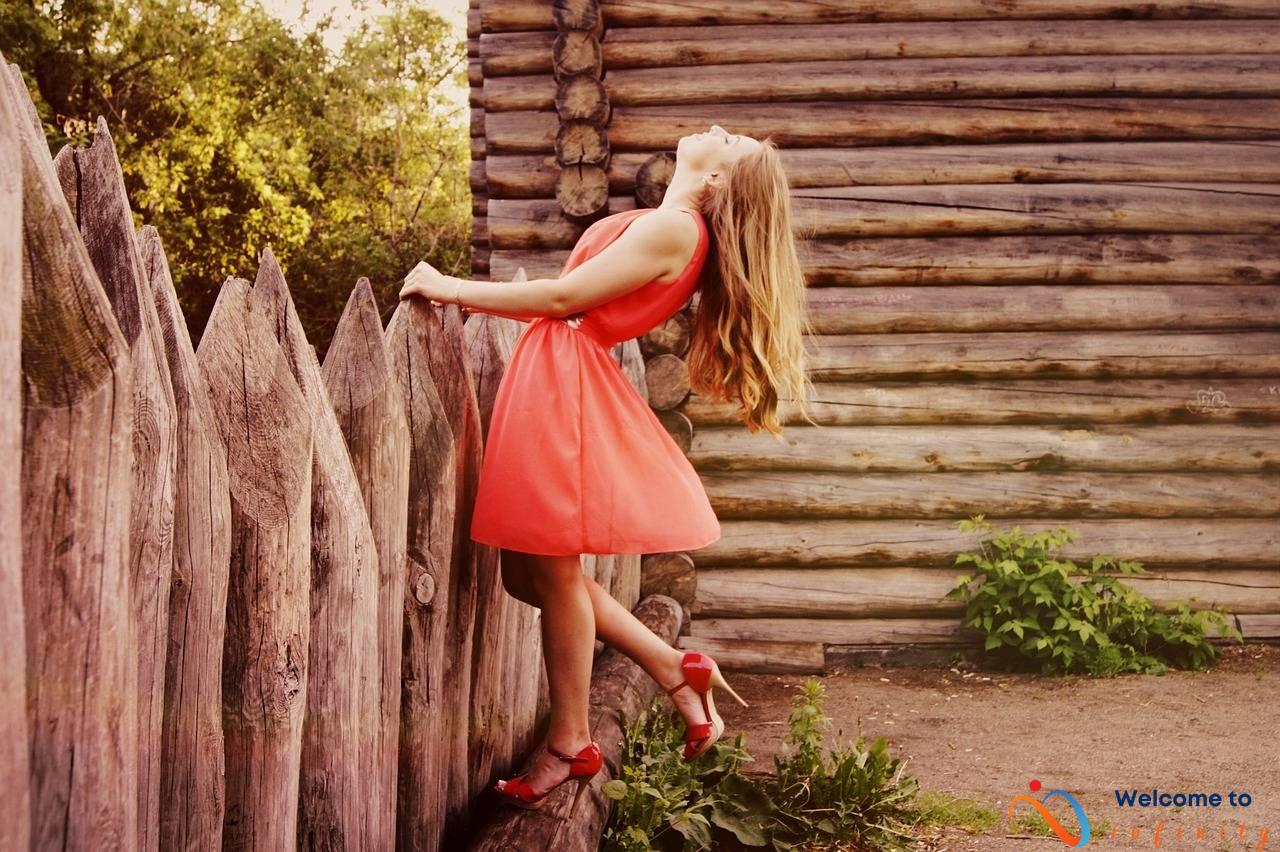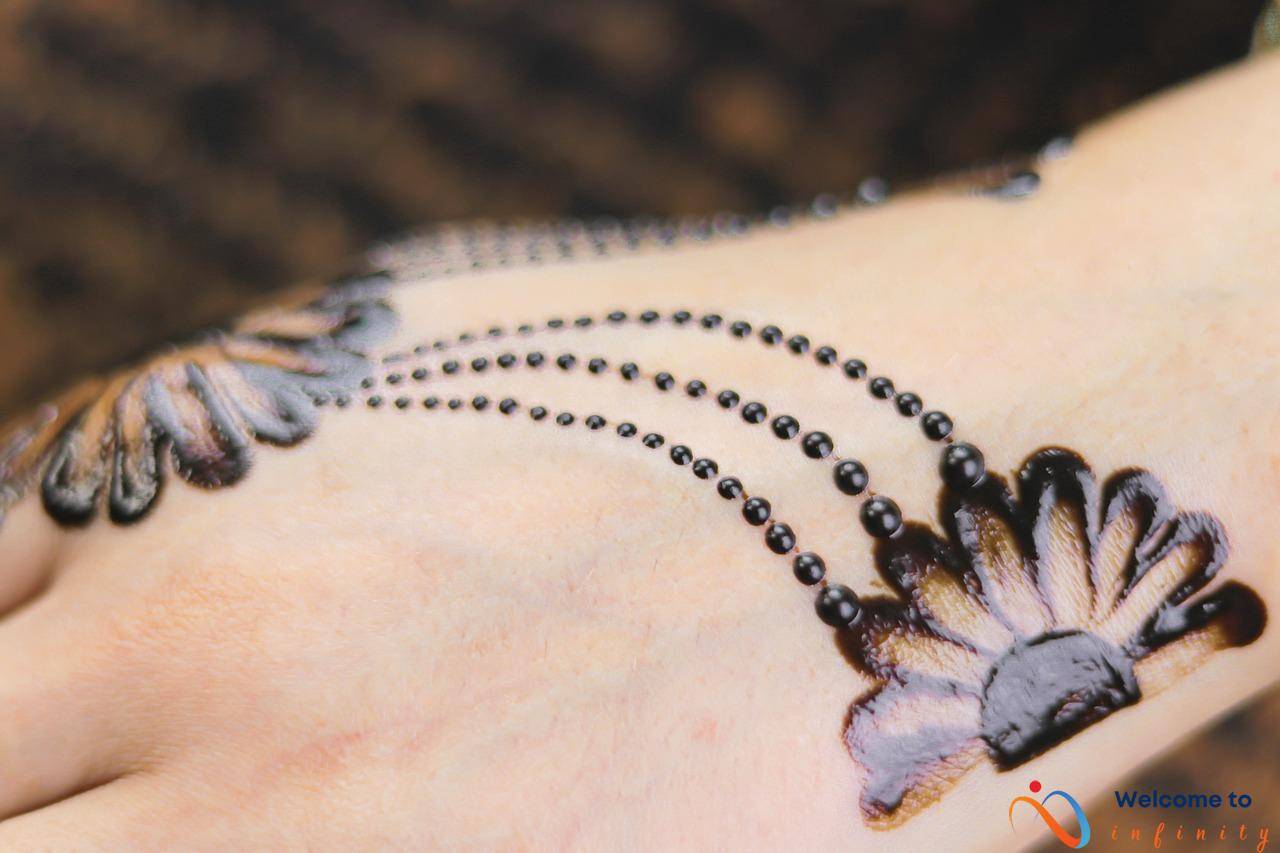When we lose a loved one, we often look for ways to remember them and keep their memory alive. Tattoo portraits provide an opportunity to immortalize the ones we treasure most. Tattoo portraits are realistic, detailed tattoos of our loved one's face, body, or even their name. They serve as a permanent reminder of the person we hold dear.
The process of creating tattoo portraits involves various steps. The first step involves research and gathering as much reference material as possible. Getting good reference photos is crucial to ensure the tattoo artist captures the likeness of the person accurately.
The next step is sketching and composition. Tattoo artists create a realistic-looking sketch of the portrait before tattooing it on the skin. They use shading and cross-hatching to capture the person's features in detail. Tattoo artists may collaborate with clients to ensure they are happy with the initial sketch.
Tattoo artists then use various techniques to create a realistic-looking tattoo portrait. They may use different needle sizes and shades of ink to create depth and texture. A skilled tattoo artist can make the tattoo appear almost lifelike, with the portrait appearing to pop out of the skin.
Tattoo portraits can commemorate loved ones, pets, celebrities, and influential figures. They can be a beautiful way to celebrate the lives of those we hold dear. Tattoo portraits are incredibly personal, and the emotional significance is unique to each individual. It can be a way to cope with loss or celebrate life and love.
Tattoo portraits are a beautiful way to remember those we love and treasure most. They serve as a permanent reminder of the significant people in our lives. The emotion and skill that go into creating a tattoo portrait are truly remarkable, making them both significant and unique.
What Are Tattoo Portraits?
Tattoo portraits, also known as portrait tattoos or memorial tattoos, are realistic drawings or images tattooed onto a person's skin to immortalize a loved one. Tattoo portraits are often used to remember and honor deceased family members, pets, or influential figures. These portraits serve as a permanent reminder of the person's memory and can help people cope with the loss of a loved one or celebrate the life of someone special.
The purpose of tattoo portraits is to create a lasting tribute to the person being remembered. It's a way to keep the memory of a loved one alive and close to the heart. Tattoo portraits can also be used to capture a special moment or memory, such as a wedding, birth, or significant event. People use tattoo portraits as a way to express their emotions and commemorate their love for someone special.
Creating a tattoo portrait requires a skilled tattoo artist who has experience in portrait drawing and tattooing. The process involves researching and gathering good reference material, sketching and composition, and using specific tattooing techniques to create realistic-looking portraits.
The emotional significance of tattoo portraits cannot be understated. They are a way for people to express their love and honor someone special, whether they are still with us or not. Tattoo portraits can aid in the healing process after losing a loved one, serving as a comforting reminder that they will always be remembered. They can also be used to celebrate life and love and commemorate significant events in a person's life.
The Process of Creating a Tattoo Portrait
Creating a tattoo portrait is a process that requires careful planning and execution. The goal is to create a realistic and lifelike image of a loved one that will be permanently etched into the skin. Here are the general steps involved in creating a tattoo portrait:
Before creating a tattoo portrait, the artist must gather good reference material. This includes high-quality photographs of the person or pet that the portrait will depict. The artist may also ask for stories and anecdotes about the person to better capture their personality. This information will be used to create a portrait that is not just accurate but also meaningful.
Once the reference material is gathered, the artist will create a sketch of the portrait. This sketch is typically created on paper or digitally and is used as a blueprint for the tattoo. The artist will work with the client to ensure that the sketch accurately captures the likeness of the person or pet and that the composition is pleasing.
Tattooing a portrait requires specific techniques to create a realistic-looking tattoo. The artist uses a variety of needle groupings to shade and create details, and the process can take several hours to complete. The goal is to create a work of art that captures the essence of the person being depicted, preserving their memory for a lifetime.
In summary, creating a tattoo portrait is a complex process that requires skilled artists with a strong eye for detail. The result is a stunning and meaningful tribute to a loved one that will last a lifetime.
Research and Reference Gathering
When it comes to creating a tattoo portrait, obtaining good reference material is crucial to ensure a realistic and accurate representation of the loved one being immortalized. This means finding high-quality photos or even taking photos yourself to capture the subject's unique features and expression. It's important to gather several reference materials to ensure that details such as facial structure, hair, and clothing are all accurately portrayed in the tattoo.
In some cases, where the subject has passed away or the reference material is limited, artists may use their expertise to recreate missing details or rely on the client's memories and descriptions to capture the essence of the person. However, having as much reference material as possible is always preferred.
Additionally, the artist may also do some research on the subject to understand their personality, likes, and dislikes so they can incorporate those elements into the tattoo. All of these steps ensure that the tattoo will truly capture the essence of the person being honored in the portrait.
Overall, taking the time to gather good reference materials is an important step in creating a successful and meaningful tattoo portrait. With realistic and accurate representation of the loved one, the tattoo will serve as a touching reminder of their memory and the everlasting impact they had on the client's life.
Sketching and Composition
Sketching and composition are crucial steps in creating a realistic-looking tattoo portrait. Before tattooing begins, the artist must first create a sketch of the portrait using the reference material gathered in the previous stage. This sketch serves as a guide for the tattooist and ensures that the final result resembles the person being depicted accurately.
During the sketching and composition stage, the artist will work closely with the client to determine the specific details and nuances of the portrait. Important factors such as the angle, lighting, and expression will be captured in the sketch to create a lifelike representation of the loved one being commemorated.
Once the sketch is complete, the artist will work with the client to critique and adjust as necessary. This stage allows for any final changes to be made before the tattooing begins, guaranteeing that the final portrait captures the essence of the person being depicted as accurately as possible.
Overall, the sketching and composition stage is a crucial part of creating a realistic tattoo portrait. It allows for the finer details of the person being depicted to be captured accurately, and ensures that the final product is a fitting tribute to the loved one being commemorated.
Tattooing Techniques
Tattooing a portrait requires a unique set of techniques to make it look realistic. The technique of tattooing is quite different compared to painting or drawing, as the artist needs to work with skin and ink.
One of the primary techniques used in tattooing portraits is shading, which requires the artist to use different shades of ink to create depth and dimension. By layering different shades of ink, the artist can create skin tone variations to make a portrait look lifelike. Another technique used is blending, where the artist blends different colors together to create a smooth transition between colors.
The technique of linework is also essential in creating a good portrait. The artist must draw clean and smooth lines that will create the shape of the tattoo portrait they are creating. Different linework techniques can be used for different parts of the portrait, such as outlining features like the eyes, nose, or lips.
Additionally, tattoo artists use stippling techniques to create texture and detail in a portrait. Stippling involves creating tiny dots or dashes with the tattoo needle to give the illusion of texture in the skin, such as wrinkles, pores, or hair follicles.
The use of appropriate needles and machines is also a crucial aspect of tattooing a portrait. Tattoo artists use different needles like liners and shaders to create different effects on the skin. The machine settings must be adjusted to ensure that the tattoo gun delivers the ink at the proper depth and speed.
Overall, tattooing techniques require a great deal of skill and artistry to achieve a realistic-looking tattoo portrait. Tattoo artists must possess technical expertise, creativity, and attention to detail to create a portrait that captures the essence of the person being immortalized in ink.
Tattoo Portrait Examples and Inspiration
Looking for tattoo portrait inspiration? Look no further than these stunning examples of tattoo portraits, each with their own unique meaning and story to tell. From family members and beloved pets to celebrities and influential figures, these tattoo portraits are sure to inspire your next piece of body art.
If you're looking to immortalize a family member with a tattoo portrait, there are countless examples to draw inspiration from. Some popular examples include portraits of grandparents, parents, and children. These tattoos often feature a realistic depiction of the person, complete with their facial features and perhaps something that symbolizes their personality or interests.
Beloved pets are also a popular subject for tattoo portraits, with many people choosing to immortalize their furry friends with a realistic portrait. These tattoos often depict a close-up of the pet's face, emphasizing their unique features and personality traits. Some pet tattoos also feature a paw print or other symbol that represents the pet's memory.
Of course, not all tattoo portraits are of loved ones we knew in life. Many people choose to commemorate their favorite celebrities and influential figures with a tattoo portrait, as a way of paying tribute to their legacy. These tattoos may feature a realistic depiction of the celebrity's face, or perhaps a quote or symbol that represents their life or work.
No matter what type of tattoo portrait you choose, it's important to remember that each piece should have a unique meaning and story behind it. Whether you're honoring a loved one, celebrating a pet's memory, or paying tribute to a celebrity, your tattoo portrait is an opportunity to immortalize someone special in your life.
Family Members
When it comes to honoring family members with a tattoo portrait, the possibilities are endless. From parents to grandparents to siblings and more, getting a tattoo of a loved one can be a powerful way to keep them close to you. One popular option is a portrait of a parent who has passed away, as a way to remember and honor them. These tattoo portraits can be incredibly detailed and realistic, with skilled artists able to capture the likeness of the loved one with striking accuracy.
But tattoo portraits of family members don't have to be limited to those who have passed away. Some people choose to get a portrait of their child, partner, or even themselves as a way to express their love and connection. These tattoos can range from simple and minimalist designs to more extensive and elaborate pieces, depending on the individual's preferences.
Many people also opt to get matching or complementary tattoo portraits with family members. For example, parents might get identical tattoos of their children's names or birthdates, while siblings might get tattoo portraits of each other in a similar style or theme. These tattoos can serve as powerful symbols of the bond between family members and the love they share.
Overall, getting a tattoo portrait of a family member can be a beautiful way to celebrate and honor the people closest to us. Whether it's a parent, child, sibling, or partner, these tattoos can serve as a permanent reminder of the love and connection we share, even after they're gone. So, whether you're considering your first tattoo or adding to an existing collection, a tattoo portrait of a family member might be just the meaningful and emotional piece you've been looking for.
Pets
Tattooing portraits of our beloved pets is becoming more and more popular, and for good reasons. Pets are considered a part of the family and are often loved just as much as any human relative. Getting a tattoo portrait of your pet is a unique way to permanently honor them and keep their memory alive.
When it comes to tattooing pets, it's important to find a skilled artist who can capture the essence of your furry friend. The process involves gathering good reference material, such as photos, and creating a realistic-looking sketch of your pet before tattooing it onto your skin. Specific techniques are used to create fine details, such as hair and fur, to ensure the portrait is as accurate as possible.
Many people choose to get tattoo portraits of their pets after they have passed away as a way to keep their memory alive. Others choose to get portraits of their current pets who hold a special place in their hearts. Whatever the reason, the emotional significance behind tattooing a pet portrait is undeniable.
Some popular pet portrait ideas include portraits of dogs, cats, horses, or any other animal that has played an important role in your life. People often choose to include the pet's name, a quote, or even a paw print in the design to make it even more personal.
Tattoo portraits of pets are not only a way to honor our furry friends, but they can also serve as a reminder of the love and joy they brought to our lives.
Celebrities and Influential Figures
Creating a tattoo portrait of a beloved celebrity or influential figure is a popular way to show appreciation and respect. Fans choose to immortalize their favorite actors, singers, writers, and political figures to pay tribute to their accomplishments and influence on their lives. Some examples of tattoo portraits of celebrities include David Bowie, Elvis Presley, and Audrey Hepburn.
Tattoo portraits of influential figures are also common. These tattoos often depict historical figures, activists, or public figures who have inspired people through their actions and beliefs. Examples of tattoo portraits of influential figures include Nelson Mandela, Malala Yousafzai, and Frida Kahlo.
Tattoo artists use various techniques to create realistic portraits of celebrities and influential figures. They start with finding high-quality reference material, such as photos or paintings. From there, they create a sketch of the portrait to ensure that the composition and placement of the tattoo will look natural. Finally, they use shading and color techniques to bring the portrait to life.
Overall, tattoo portraits of celebrities and influential figures serve as reminders of the impact that these individuals had on people's lives. These tattoos often have deep personal meanings that connect individuals to their favorite public figures. Getting a tattoo portrait of a celebrity or influential figure can be a way to honor and appreciate their legacy and the impact they had on the world.
The Emotional Significance of Tattoo Portraits
Getting a tattoo portrait of a loved one is a deeply personal and emotional experience. It can serve as a permanent reminder of someone special who has passed away or as a tribute to someone still living. The emotional significance of tattoo portraits varies from person to person, but the process of getting one often provides a sense of closure, healing, and comfort.
For many, a tattoo portrait is a way to cope with the loss of a loved one. It allows them to keep their loved one's memory alive and keep a piece of them always with them. The act of getting a tattoo portrait is often seen as a cathartic experience, releasing pent up feelings while simultaneously providing a sense of relief and comfort.
Tattoo portraits can also be a way to celebrate the life and love of someone special. It can be a way to commemorate a significant event or milestone, such as a wedding or the birth of a child. Tattoo portraits can also be a way to honor parents, grandparents, or other family members who have had a profound impact on one's life.
The emotional significance of tattoo portraits is not limited to just family members. Many people choose to get a tattoo portrait of a beloved pet who has passed away. This act acknowledges the bond and affection shared between the owner and their pet while providing a permanent reminder of their companionship and love.
In conclusion, the emotional significance of tattoo portraits is undeniable. It is a way to immortalize loved ones and honor their memories, celebrating the special bond shared with them. Tattoo portraits provide a sense of closure, healing, and comfort to those who have suffered a loss, and they serve as a beautiful tribute to the love and life of those closest to us.
Coping With Loss
Losing someone close to us is never easy, and it can take a long time to come to terms with the loss. For many people, getting a tattoo portrait of their loved one can be a healing and cathartic process. By immortalizing their loved one's image on their skin, they can carry a part of them with them at all times.
The process of creating a tattoo portrait can also provide a sense of closure and allow individuals to say their final goodbyes in a meaningful and personal way. Often, the act of getting a tattoo portrait can bring comfort and help people cope with the overwhelming grief and loss they are feeling.
Moreover, having a visual reminder of their loved one can serve as a comforting presence, bringing them a sense of peace and tranquility. It can also serve as a tribute and remind them of the happy memories they shared.
In conclusion, tattoo portraits of loved ones can serve as a powerful and meaningful way to cope with the loss of someone special. It allows you to keep their memory alive and close to your heart. The process can be an emotional and healing journey, and the final result can be a beautiful reminder of the love and bond you shared with someone who will always be missed.
Celebrating Life and Love
One of the most beautiful and heartfelt reasons for getting a tattoo portrait is to celebrate the life or love of someone special. Honoring a loved one in this way can be a meaningful and everlasting tribute. A tattoo portrait serves to capture the essence and personality of the person being remembered.
Many people choose to celebrate the life of a deceased loved one by getting a tattoo portrait of them. This can be a cathartic and healing experience, allowing the person to keep their loved one close to them forever. Tattoo portraits can also be a way to celebrate the life of living loved ones, such as parents, children, or partners.
The love shared between two individuals can also be lauded with a tattoo portrait. Couples often choose to get matching or complementary portrait tattoos of each other as a symbol of their devotion and the love they share. Tattoo portraits can also be a tribute to the bond between parents and children or even close friends.
The process of creating a tattoo portrait ensures that the person being remembered is immortalized in a way that allows them to live on forever. The beauty of tattoo portraits is that they provide lasting memories of loved ones, which can serve as a source of comfort, joy, and hope.
Whether it's a deceased family member, a beloved pet, or a significant other, tattoo portraits are a touching way to celebrate the life of someone special. The uniqueness of each tattoo adds to its beauty and significance, and the memories associated with each tattoo portrait make it all the more special and meaningful.
Conclusion
Overall, tattoo portraits are a beautiful and meaningful way to immortalize loved ones and commemorate special moments in life. Whether it's a portrait of a family member, beloved pet, or influential figure, tattoo artists use their expertise to create realistic and stunning works of art.
The process of creating a tattoo portrait involves research, sketching, and specific techniques to achieve a lifelike representation of the subject. It requires not only technical skill but also an emotional connection to the significance of the portrait.
Tattoo portraits can serve different purposes such as coping with loss, celebrating life and love, or simply creating a lasting memory. They hold personal and emotional significance that makes them more than just a tattoo.
Looking at stunning examples of tattoo portraits can inspire others to consider this unique form of self-expression. Seeing the artistry and realism in these tattoos reminds us of the beauty that can come from the fusion of artistic skill and personal significance.
Overall, tattoo portraits are a beautiful and lasting tribute to those we hold dear. They offer a unique way to remember loved ones and commemorate life's important moments. With the skilled artistry of tattoo artists, these portraits become something that can be cherished for a lifetime.










